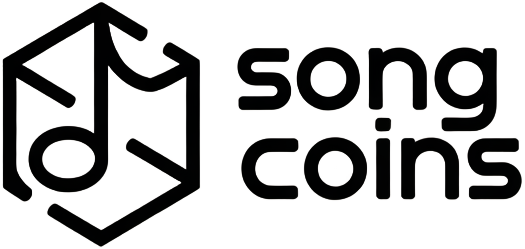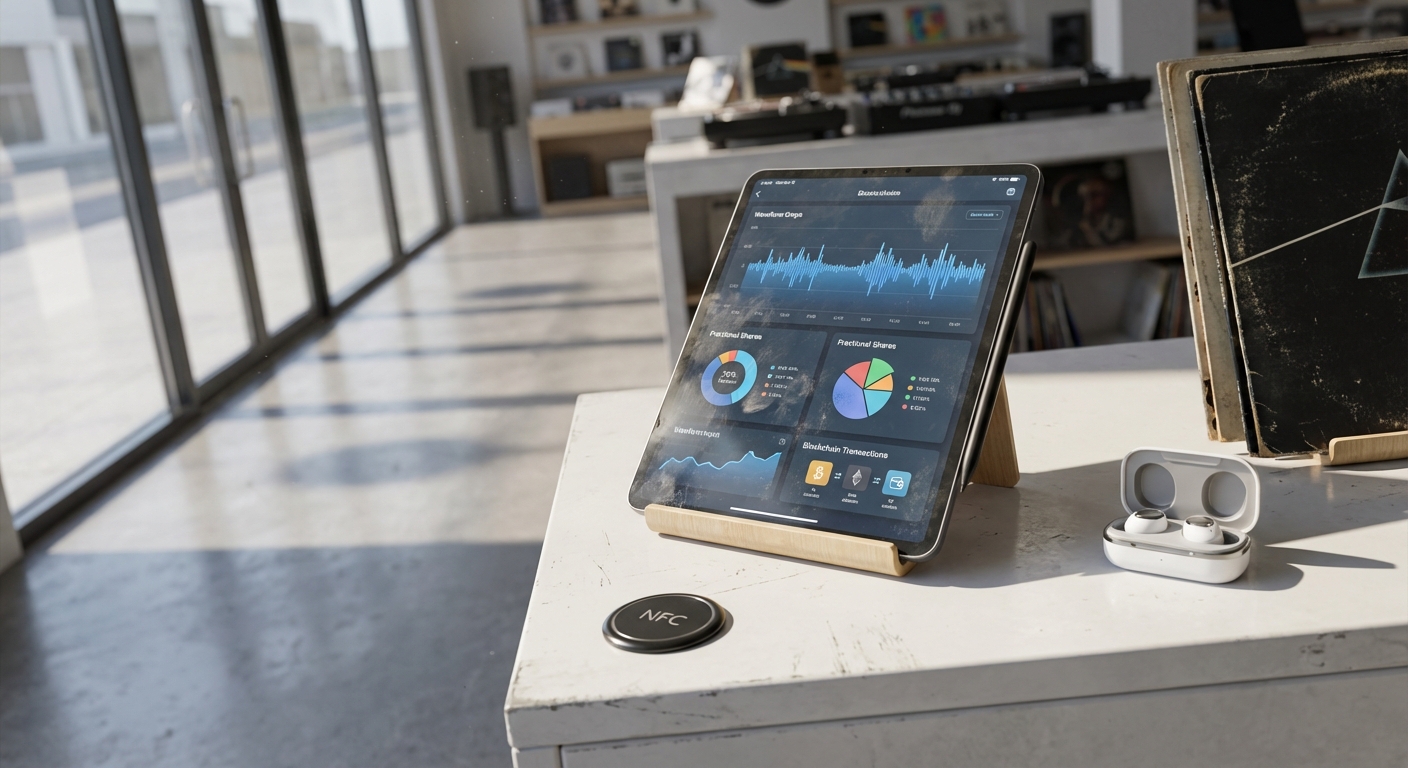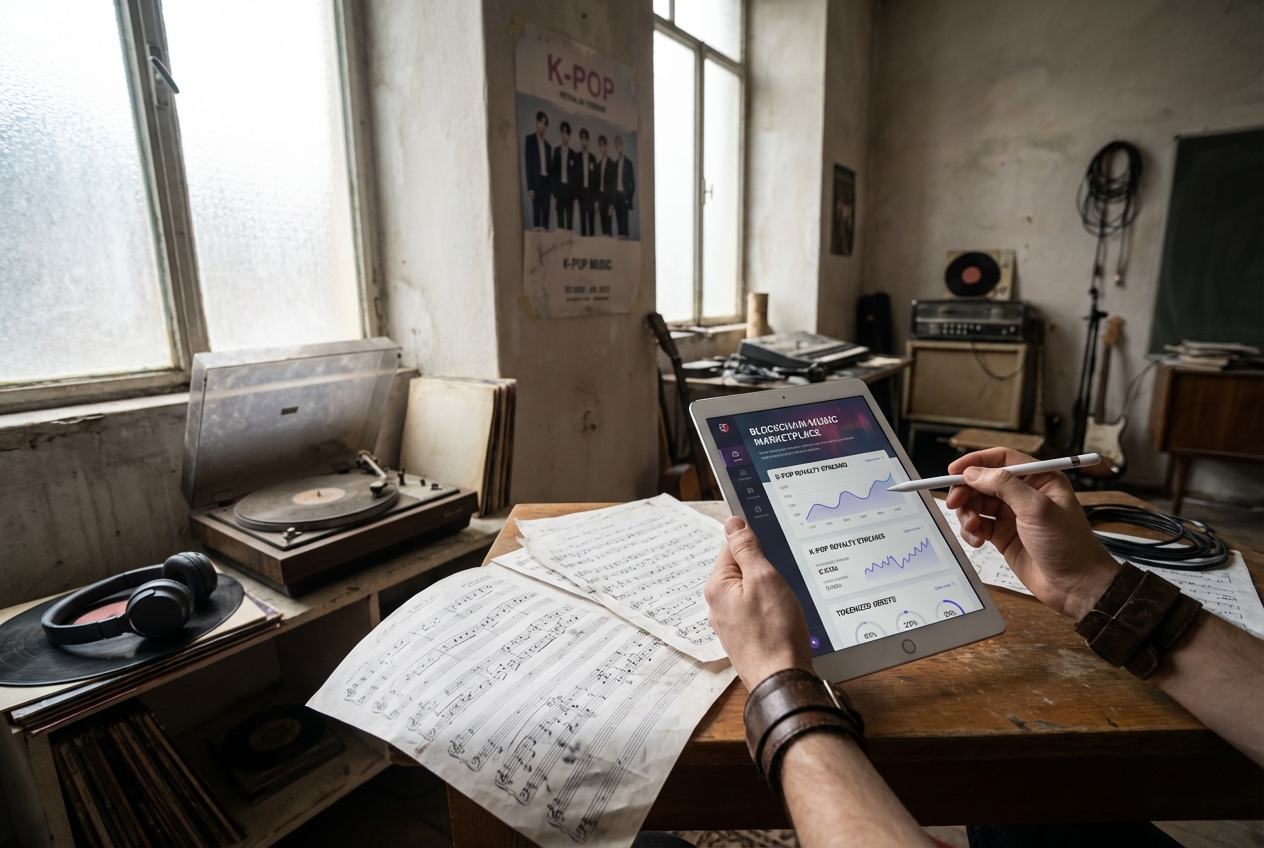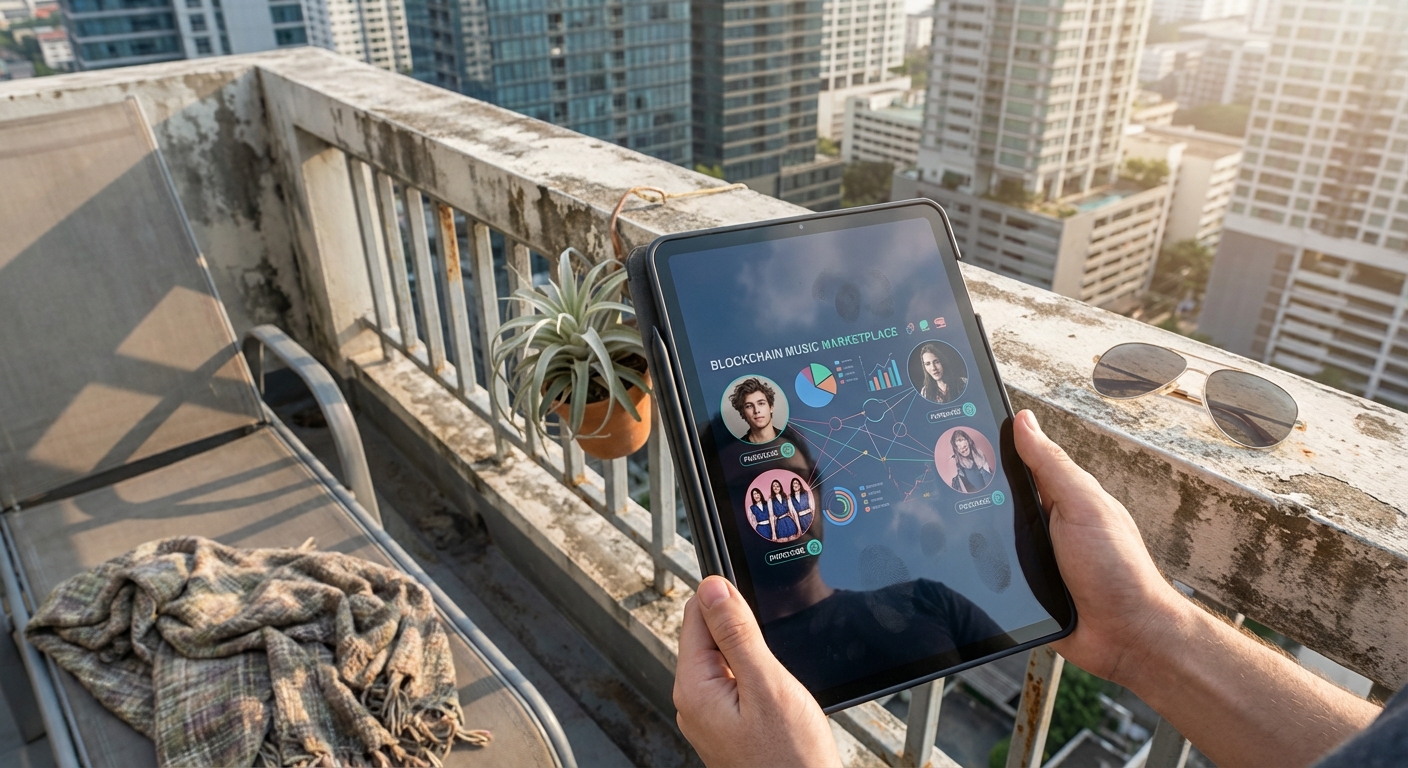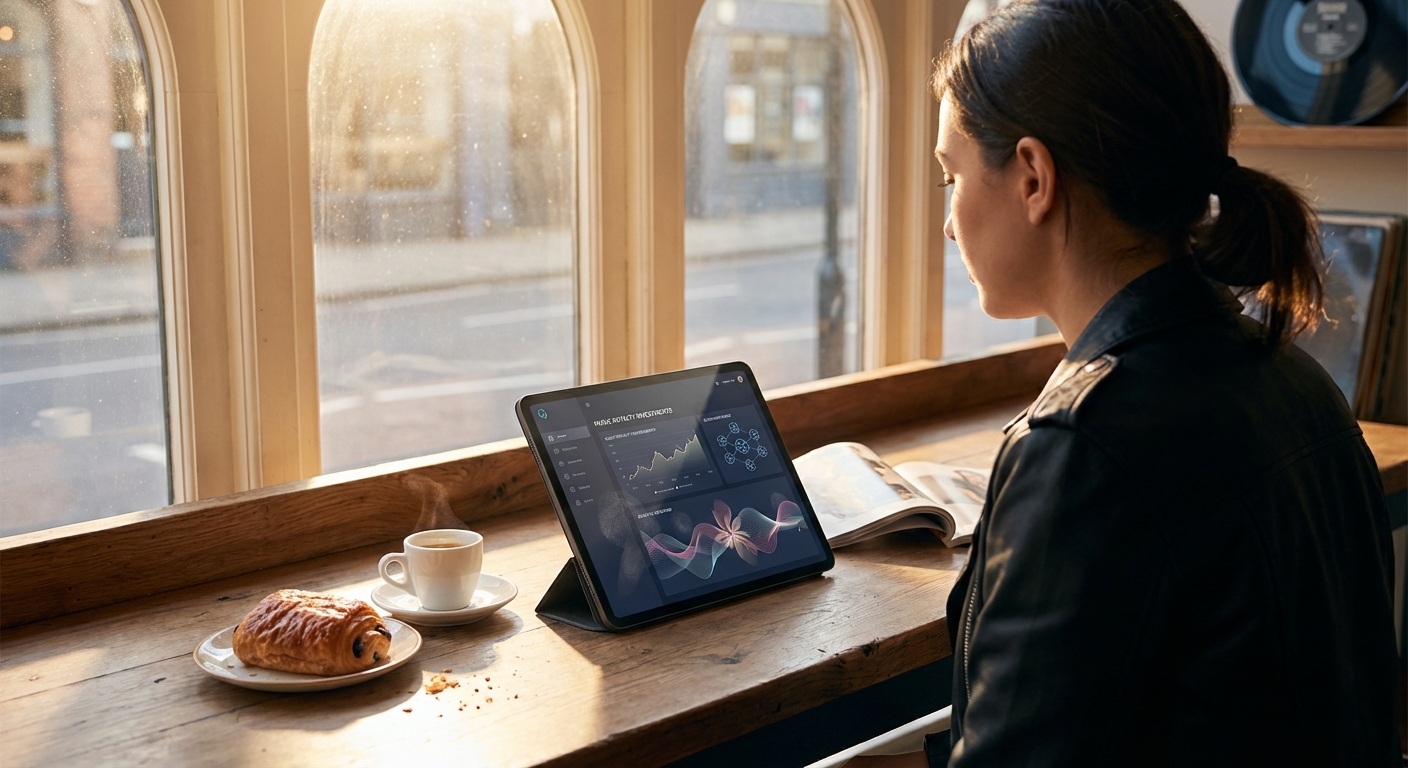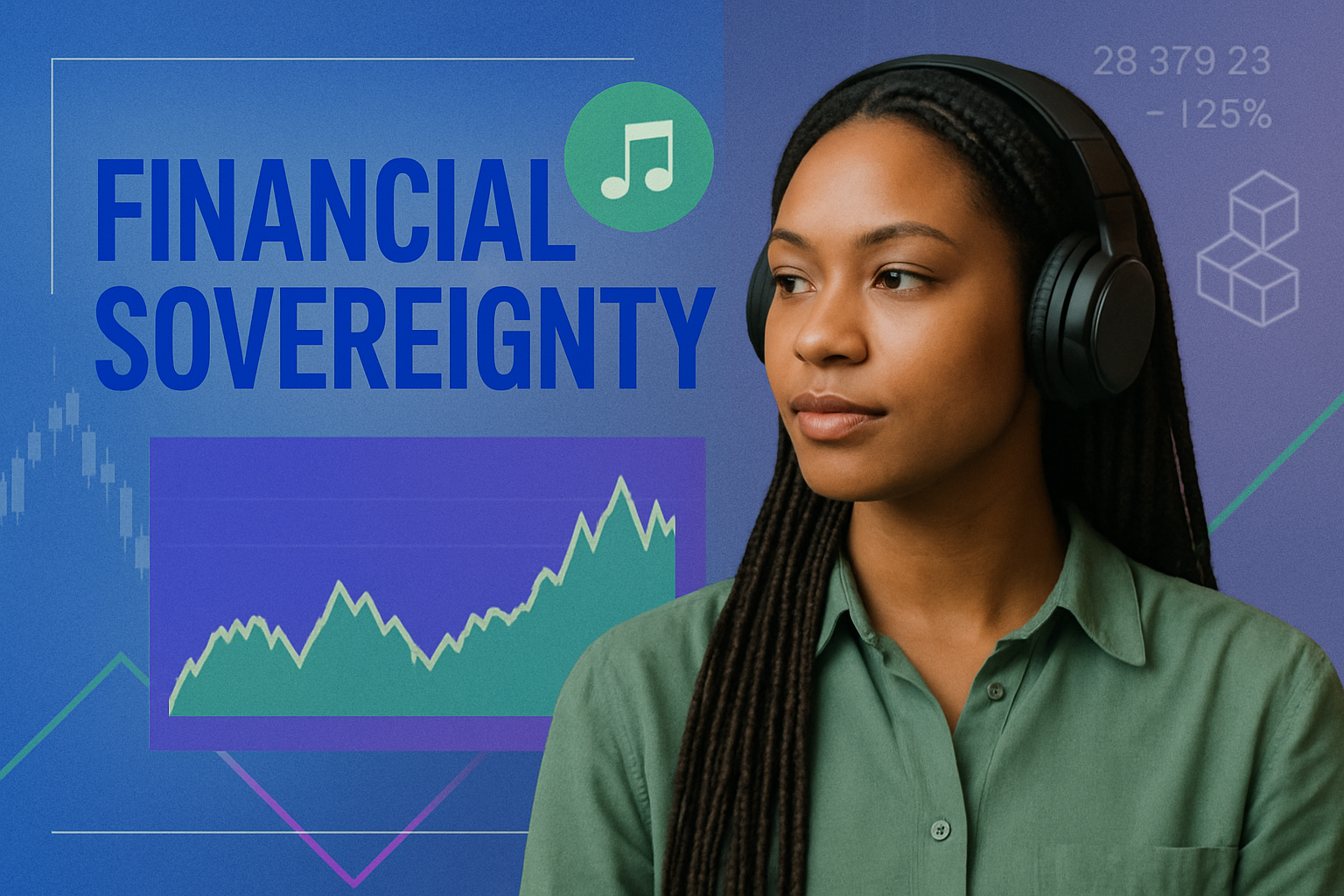
Imagine a world where owning a piece of your favorite BLACKPINK or BTS track is as simple as holding a digital token in your crypto wallet. This is not science fiction – it’s the reality unfolding in today’s music royalty markets, thanks to the rise of tokenized music IP. By converting income-generating music rights into on-chain assets, platforms like Aria Protocol are revolutionizing how fans and collectors invest in music royalties, opening doors that were once firmly shut to all but major industry insiders.
Tokenized Music IP: The New Frontier for Fans and Collectors
At its core, tokenized music IP transforms traditional royalty streams into fractional digital assets. Instead of record labels or publishing houses holding exclusive rights, these are now being sliced into fractional music ownership units accessible to anyone with an internet connection. Platforms such as Aria Protocol have pioneered this movement by launching IPRWA (Intellectual Property Real-World Asset) tokens. Their debut $APL token, for example, represents partial income rights to hit songs, making it possible for everyday fans to share in royalty payouts.
This innovation isn’t limited to new startups. Established platforms like Royal, founded by DJ 3LAU, and Anotherblock have made headlines by enabling artists such as Nas and Diplo to sell streaming royalty shares directly to their listeners. Even BAND Royalty’s NFT sales – which approached $1 million in their initial series – underscore the appetite for blockchain-based music investments.
The Mechanics: How Blockchain Enables Fractional Ownership
The process begins when creators or rights holders tokenize their music IP using protocols like Aria or Story Protocol. These tokens are minted on-chain and represent real-world income streams from streaming platforms, sync licensing, and more. Investors can then purchase these tokens through dedicated marketplaces, gaining proportional claims on future royalties generated by the underlying tracks.
This model brings several key benefits:
- Democratization of Access: Fans no longer need insider connections or deep pockets to invest in top-tier music assets.
- Transparency: Blockchain’s immutable ledger ensures every transaction is traceable and royalty payments are distributed automatically via smart contracts.
- Liquidity: Unlike traditional music investments that can be illiquid for years, tokenized assets can be traded instantly on secondary markets.
Current Market Data: Tracking Music Token Prices Today
The intersection of blockchain technology with music royalties is reflected in real-time market data. As of October 26,2025:
- Music by Virtuals (MUSIC): Priced at $0.00166612 with a 24-hour change of -0.00054 (-0.24500%)
- NFTX (NFTX): Trading at $29.76 with a daily gain of and 1.18 ( and 0.04129%)
This granular pricing data highlights both the accessibility and volatility inherent in these new asset classes. For those considering entry into this space, understanding price movements is crucial for effective risk management and portfolio construction.
MUSIC Token (MUSIC) Price Prediction 2026-2031
Forecast based on current market data, adoption trends, and the evolving landscape of tokenized music IP investing.
| Year | Minimum Price | Average Price | Maximum Price | % Change (Avg YoY) | Key Scenario Insights |
|---|---|---|---|---|---|
| 2026 | $0.00140 | $0.00205 | $0.00300 | +23% | Gradual adoption of music IP tokenization, moderate market growth |
| 2027 | $0.00160 | $0.00270 | $0.00450 | +32% | Increased mainstream awareness, more artists tokenize royalties |
| 2028 | $0.00200 | $0.00350 | $0.00600 | +30% | Regulatory clarity, integration with streaming platforms accelerates adoption |
| 2029 | $0.00270 | $0.00430 | $0.00750 | +23% | Broader institutional interest, music NFT platforms expand |
| 2030 | $0.00330 | $0.00510 | $0.00900 | +19% | More global artists onboard, secondary royalty markets mature |
| 2031 | $0.00390 | $0.00580 | $0.01050 | +14% | Full ecosystem development, cross-chain IP trading and fan engagement |
Price Prediction Summary
The MUSIC token is poised for steady growth over the next six years, driven by the increasing adoption of tokenized music IP, expanding use cases, and rising interest from both fans and institutional investors. While volatility remains due to the emerging nature of the sector, the average price is projected to rise progressively, with potential for significant upside if mainstream adoption and regulatory support accelerate.
Key Factors Affecting MUSIC Token Price
- Growth in tokenized music IP adoption and fan participation
- Expansion of platforms enabling music royalty tokenization (e.g., Royal, Anotherblock, BAND Royalty, Aria Protocol)
- Regulatory developments around music rights and digital assets
- Partnerships with major artists, labels, and streaming services
- Technological advancements enabling seamless royalty tracking and distribution
- Competition from other music and royalty tokens or platforms
- Overall sentiment and cycles in the broader cryptocurrency market
Disclaimer: Cryptocurrency price predictions are speculative and based on current market analysis.
Actual prices may vary significantly due to market volatility, regulatory changes, and other factors.
Always do your own research before making investment decisions.
The Rise of Asian Pop IP Tokens: BLACKPINK and BTS Enter the Blockchain Arena
K-pop’s global dominance has found a new outlet through tokenization initiatives like Aria’s $100M Korean music IP debut via Story Protocol – an event that captured the attention of both crypto investors and superfans worldwide. By fractionalizing legendary catalogues from acts like BLACKPINK and BTS into tradable tokens, these protocols provide an avenue for direct fan investment while integrating royalty flows seamlessly onto blockchain rails.
The impact? Fans aren’t just supporting their idols at concerts or through merchandise; they’re becoming stakeholders in their musical success stories – earning passive income as songs rack up streams across Spotify and Apple Music.
Learn more about investing directly in songs by major artists here.
For collectors, this shift is especially compelling. Rare music assets, once the domain of industry gatekeepers, now exist as on-chain collectibles with transparent provenance and dynamic revenue potential. NFT music royalties are not just digital memorabilia but yield-generating instruments that can be bought, sold, or held as long-term investments. The value proposition deepens as more artists and catalogs enter the ecosystem, creating a vibrant marketplace where cultural significance and financial opportunity intersect.

Navigating Risks and Rewards: What Investors Should Know
While the upside is clear, it’s important to acknowledge the risks unique to blockchain music royalties. Price volatility, evident in the recent MUSIC token movement to $0.00166612: can be significant, especially for nascent projects with limited liquidity. Regulatory frameworks are still evolving globally; due diligence on platform credibility and legal rights is paramount before allocating capital.
Yet for those willing to navigate these complexities, tokenized music IP opens up a spectrum of strategies, from passive royalty collection to active trading on secondary markets. Some investors may focus on established artists whose catalogues have predictable streaming income, while others might seek higher risk-reward profiles in emerging acts or niche genres.
- Diversification: Spreading investments across multiple artists and tokens can help mitigate single-asset risk.
- Research: Leverage transparent on-chain data to track royalty flows and assess the historical performance of specific tracks or catalogs.
- Community Engagement: Many platforms offer governance rights or exclusive perks to token holders, participate actively for both financial and experiential upside.
If you’re new to this space or looking for practical steps on how to participate safely, explore our guide on how to invest in tokenized music royalties using blockchain platforms.
The Road Ahead: From Passive Fans to Active Stakeholders
The momentum behind fractional music ownership is only accelerating as protocols like Aria continue to secure funding, recently raising $15 million at a $50 million valuation, to expand their offerings globally. Expect more iconic IPs from Asia’s pop juggernauts and Western legends alike to become accessible through NFT marketplaces in the coming months.
This evolution marks a paradigm shift: fans are no longer passive consumers but empowered participants in the success, and revenue, of their favorite songs. Blockchain’s promise of transparency, instant payouts, and democratized access is now being realized at scale within music royalty markets. Whether you’re an investor seeking yield or a superfan eager for deeper connection with your musical heroes, this new era invites you to own your share of the soundtrack shaping our digital age.
If you’re ready to get started or want more insights into building your portfolio with NFT music royalties, check out our resource on how to buy and sell tokenized music royalties on blockchain marketplaces.
